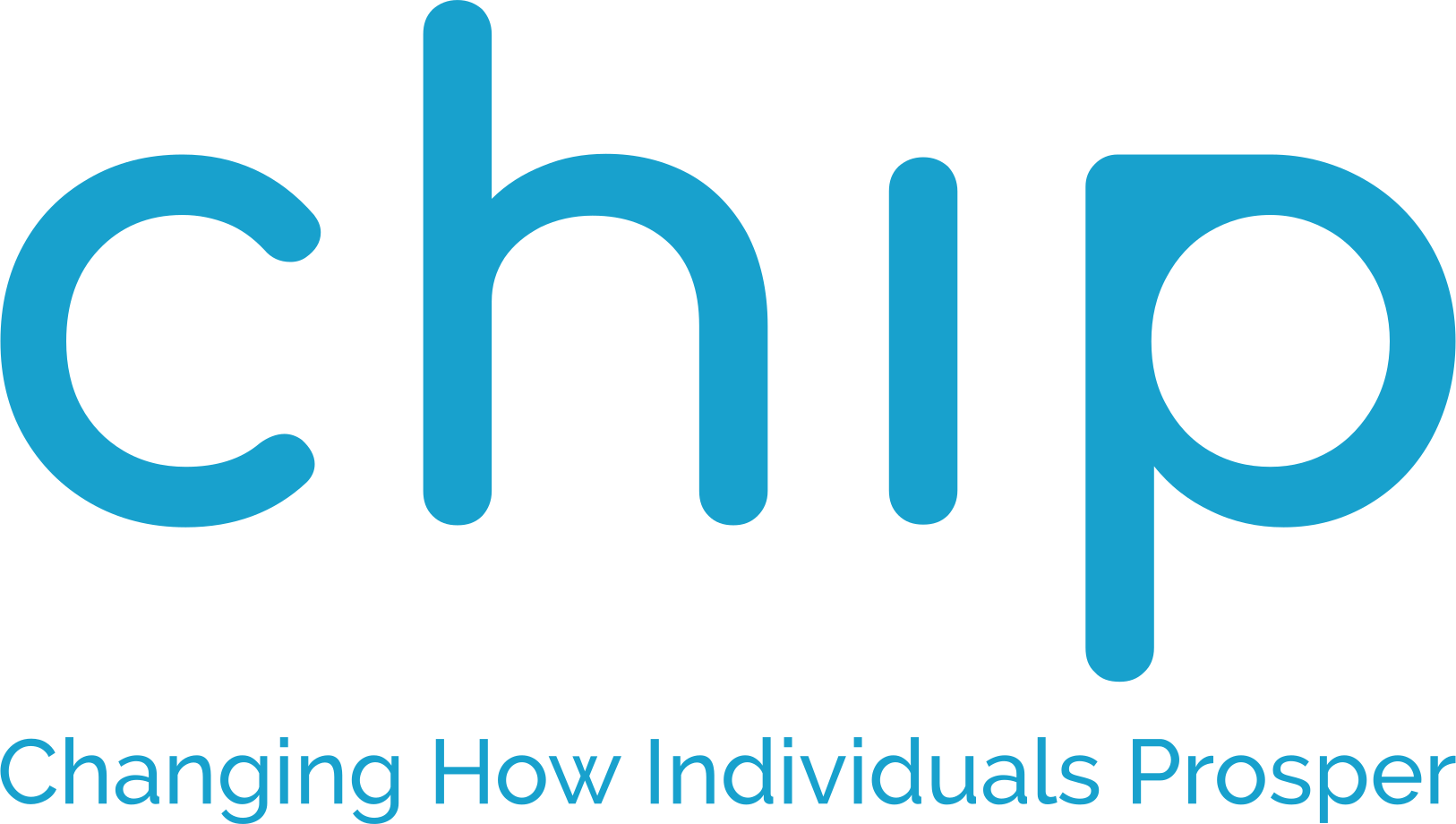Representation matters. But here’s the thing—representation doesn’t stop at hiring. Yes, seeing diverse faces enter the workplace is progress, but if those same faces aren’t seated at leadership tables or making key decisions, then progress stalls.
The conversation about creating an inclusive workplace is evolving, and it’s time companies do the same. We need workplaces where everyone, particularly underrepresented employees, can not only show up but also speak up, shape strategies, and drive impactful decisions.
This post explores why placing underrepresented employees in leadership roles matters, the barriers that still exist, and actionable ways to ensure diversity isn’t just visual—it’s foundational.
What Happened?
For years, many organizations have focused on increasing diversity through hiring. While these efforts have helped create entry points for marginalized groups, the corporate ladder often remains obstructed by systemic bias and limited opportunities. Research shows that while diversity can improve at lower levels, leadership pipelines often fail to reflect the same growth.
According to a report by LeanIn.org and McKinsey & Company, women of color hold only 4% of C-suite roles, and Black professionals occupy just 3% of executive and senior-level management positions in the U.S. How can we call a company inclusive when the decision-making voices remain homogeneous?
Why This Matters
When underrepresented professionals are excluded from leadership roles, companies miss out on a range of perspectives that drive innovation, create stronger strategies, and build workplaces that reflect a diverse customer base.
Lack of diversity at the top isn’t just an ethical misstep—it’s a financial one. Studies by Boston Consulting Group reveal that businesses with above-average diversity in leadership see innovation revenue 19% higher than those with below-average diversity. Diverse teams think differently, challenge assumptions, and create solutions that resonate broadly.
But there’s more at stake. For underrepresented employees, seeing someone like themselves in leadership isn’t just inspiring—it’s necessary for their career growth and validation of their contributions.
The bottom line? Representation in leadership must become the non-negotiable standard for true inclusivity.
What You Should Know or Do
1. Audit Your Leadership Pipeline
Identify where representation gaps exist in your organization. Who currently makes hiring, budgeting, and strategy decisions? Take an honest look at leadership demographics—it’s not about optics; it’s about opportunity.
2. Mentorship Over Management
Management tells. Mentorship teaches. Create programs that actively pair underrepresented employees with senior leaders who can champion their development and create a succession pathway for leadership roles. Leadership isn’t built overnight—it takes intentional preparation and guidance.
3. Remove Bias from Promotion Decisions
Data-driven promotion practices matter. Incorporate structured, measurable criteria into your promotion processes that ensure all candidates are evaluated fairly. Unconscious bias in subjective evaluations is a known hurdle, and it’s time to eliminate it.
4. Set Diversity Milestones and Measure Progress
Move beyond vague diversity goals. Set specific milestones for ensuring underrepresented voices are elevated. Use data to measure how effectively you’re growing representation in leadership year over year, and be transparent about progress with all employees. Accountability is everything.
5. Foster a Decision-Making Culture with Equity as the Norm
Diversity in the room isn’t enough if decisions still boil down to the loudest or most traditional voices. Develop decision-making processes that actively include diverse input and perspectives.
6. Support Employees After They Step Up
The work doesn’t stop when underrepresented employees reach leadership roles. Provide the support—financial, emotional, and professional—they need to succeed. This means equitable pay, access to tools, and clear communication channels.
What’s Next?
The shift from hiring diverse talent to placing them in leadership is not just forward-thinking—it’s necessary for the future of work.
Companies serious about inclusion must continuously revisit and refine their efforts. Here’s how to stay ahead:
- Monitor Industry Data: Trends like those from companies that release annual diversity reports can help you evaluate how your initiatives measure up to peers.
- Engage in Ongoing Training: Inclusion isn’t a “one and done” seminar. It’s a culture. Invest in regular training programs aimed at eliminating bias throughout all levels of leadership.
- Listen to Your People: Feedback loops are critical. Commit to enhancing transparency internally by surveying employees regularly and acting on their concerns.
We’re seeing a shift worldwide where corporations are being held accountable, not just by employees, but customers and communities too. The way forward must be rooted in equity.
Closing
True inclusivity isn’t about checking boxes; it’s about transforming systems. Hiring is the first step, but leadership and decision-making are where the impact happens. Companies serious about dismantling barriers must go beyond superficial efforts and create environments where underrepresented professionals thrive—not just survive.
The hard truth? Equity in leadership doesn’t just happen. It’s built—intentionally and unapologetically. Will your company rise to the challenge?
Call-to-Action (CTA):
Looking to ensure your workplace creates lasting impact? Subscribe to our blog for more updates on diversity, equity, and leadership strategies—or take action today by scheduling a consultation with Cultural Coins. Together, we’ll help you build the foundation for a truly inclusive future.
